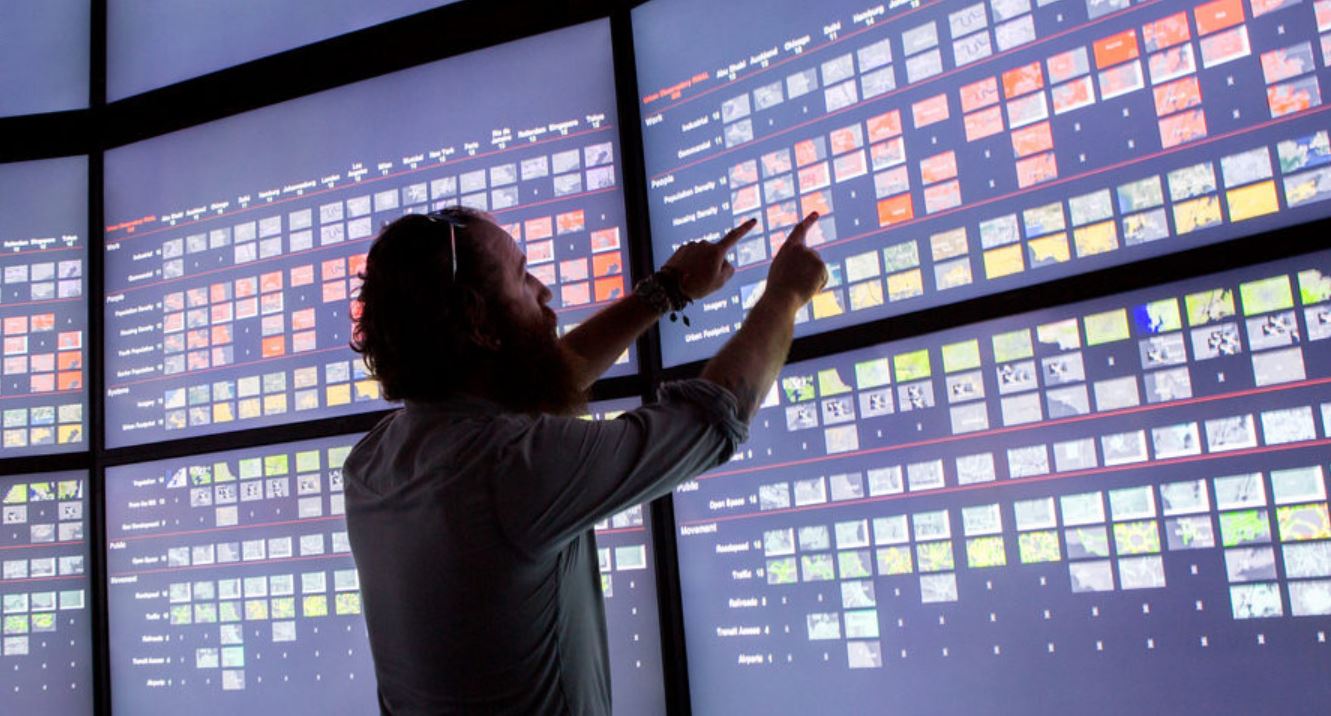Contrary to how it is portrayed in popular culture, deterring crime is rarely about drawing quick conclusions from a criminal profile, kicking down doors, and making an immediate arrest. Rather, those in the profession often work as slowly and as carefully as scientists in a laboratory, where they go about the tireless work of analyzing the relationships between disparate elements, listing factors that spur criminal activity in particular areas, and predicting a noted criminal’s next move.
In the field of crime analysis, it is data, and not necessarily brute force, that is needed to upend crime. For crime analysts, the weapons of choice have long been qualitative data, quantitative data, and sound statistical and analytic methods. But in light of recent technological developments, these criminal justice professionals have added more to their crime-busting arsenal—notably, the high-tech strategy of real-time data analytics. But just how much of an edge do modern data analytics methods afford the sector of crime fighting? What types of data now come into question, and how is data handled in order to execute the best decisions for crime deterrence?
For some interesting facts about how real-time data analytics is used in crime deterrence, as well as the global attention now being thrust upon the discipline of crime analysis, read on below.
The Use of Real-Time Data Analytics in the Survey of Real-Life Factors That Affect Crime
Ordinary civilians owe a lot to data analytics, artificial intelligence, and other related computing technologies for tasks they do in their everyday routines. Some immediate applications that come to mind when these technologies are mentioned are online banking, social media use, and ride hailing and traffic monitoring, and so on. The common thread that binds these applications is the successful handling of very large, disparate, and evolving data sets in order to accurately fulfill specific functions in near real-time.
As individual law enforcement agencies have discovered, crime analysis and prevention can be completed using the same philosophy: real-time data analytics can quickly show the bigger picture and enable the timely but accurate intervention of law enforcers. The strategy enables crime analysts to work efficiently with all the data that they collect over time, enabling them to perceive the relationships of different points of information and to draw the most precise conclusions on the nature of the crime.
In the context of crime analysis, some of the data sets that can be perused are: details captured from CCTV footage, license plate scans, facial recognition scans, phone records, arrest records, previously filed incident reports, and the like. These data sets can be put through real-time data analytics software and mined to reveal patterns.
In addition, real-time data analytics can be used to survey the overall effectiveness of law enforcement tactics. Data that pertains to response time, number of staff deployed, and duration of police operations can also be analyzed for the purpose of improving police strategies.
Institutional Emphasis on Faster, More Efficient Crime Analysis
One great success of modern crime analysis is that it is a field that is still undergoing considerable development and evolution around the world. The sector even has a dedicated international group, the International Association of Crime Analysts (IACA), which was founded in 1990 and now boasts a membership of almost 3,500 members from 61 different nations. IACA highlights the role of crime analysis in helping law enforcement agencies fulfill their mandate with the use of better information strategies.
Moreover, a particular apparatus has also evolved into a powerhouse for crime-fighting in the USA: the Real Time Crime Center, or RTCC for short. The RTCC was envisioned as a centralized technology center for the police departments of New York, Miami-Dade, Seattle, Fort Worth, Houston, and other major North American cities. Since 2005, the RTCC has operated around a 24/7 timeframe, capitalizing on the immediacy that real-time data analytics grants to crime intervention endeavors. The RTCC deploys notable intelligence tactics such as the use of sensors in large crowds—and accompanying real-time video analytics to assess for threats of gunshots.
Coupled with other initiatives such as Brazil’s data-sharing facility in Rio de Janeiro and Singapore’s smart mapping technology for crime forecasting, these movements have thrust the spotlight on real-time data analytics. We can only anticipate significant developments in crime deterrence, law enforcement, and public safety now that we have technology like this in our hands.

